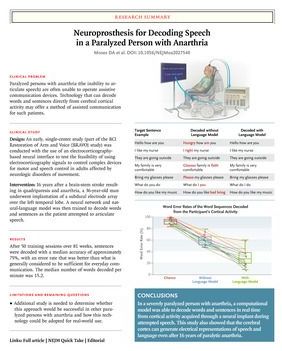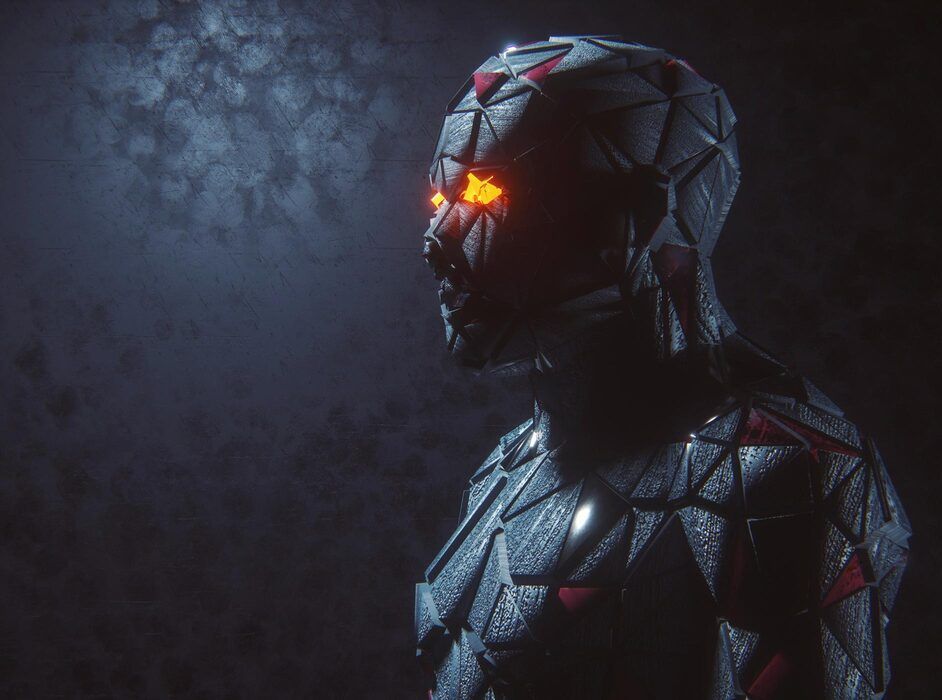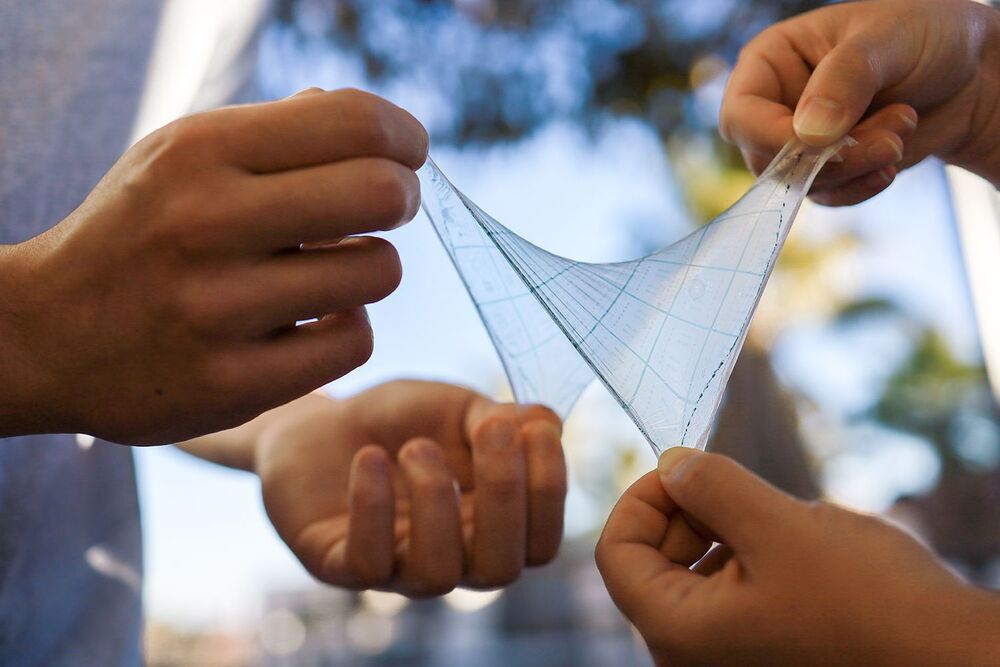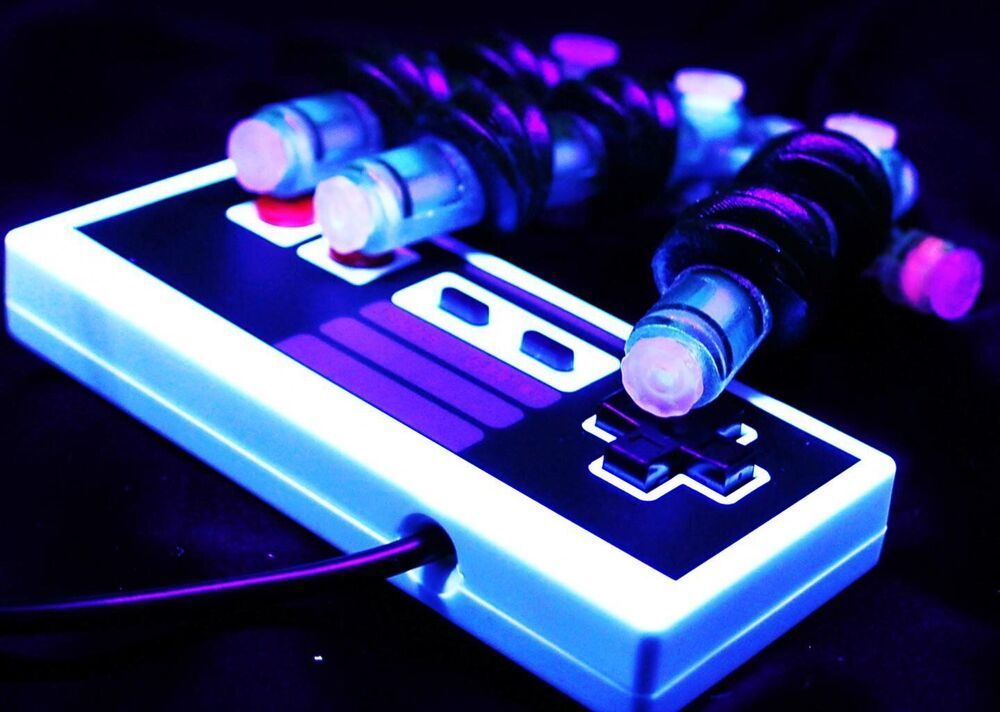Likely due to high demand expectations, Apple has rumored to have ordered more than 100 million A15 Bionic chips from TSMC.



Original Article from The New England Journal of Medicine — Neuroprosthesis for Decoding Speech in a Paralyzed Person with Anarthria.
Dr. Moses, Mr. Metzger, and Ms. Liu contributed equally to this article.
A data sharing statement provided by the authors is available with the full text of this article at NEJM.org.
We thank the study participant “Bravo-1” for his dedication and commitment; the members of Karunesh Ganguly’s laboratory for help with the clinical study; Mark Chevillet, Emily Mugler, Ruben Sethi, and Stephanie Thacker for support and feedback; Nick Halper and Kian Torab for hardware technical support; Mariann Ward for clinical nursing support; Matthew Leonard, Heather Dawes, and Ilona Garner for feedback on an earlier version of the manuscript; Viv Her for administrative support; Kenneth Probst for illustrating an earlier version of Figure 1; Todd Dubnicoff for video editing; and the participant’s caregivers for logistic support.
💠 Japanese researchers have created a “nose” mosquito that can detect odors from tiny droplets of liquid droplets. The research could lead to the creation of Smell-O-Vision for machines and a means of diagnosing early cancer, they say. Japanese researchers have created a “nose” that can detect different odors at the same time. The team used two bubbles, each filled with oil, broken horizontally, to create a squinted figure-eight. They hope to use it to develop an artificial nose in the future.
Researchers have developed a “bionic nose” that can detect odor molecules. The team hopes to use the device as an inexpensive way to diagnose the early stages of illness. Eventually, the team wants to use their bionic nose for cancer and other health issues. They hope to make the device available to the public soon.
Thanks and Enjoy 🔥 🔥
- -
🎥 #BioEngineering #Mosquitoes #Cells.
Sources:
⚉ https://www.nature.com/articles/nature.2014.14904#:~:text=Th…%20roughly, report%20today%20in%20Science1.
⚉ https://www.eurekalert.org/pub_releases/2021-01/uot-hdy011121.php.
⚉ https://advances.sciencemag.org/content/7/3/eabd2013

Researchers warn of the potential social, ethical, and legal consequences of technologies interacting heavily with human brains.
Surpassing the biological limitations of the brain and using one’s mind to interact with and control external electronic devices may sound like the distant cyborg future, but it could come sooner than we think.
Researchers from Imperial College London conducted a review of modern commercial brain-computer interface (BCI) devices, and they discuss the primary technological limitations and humanitarian concerns of these devices in APL Bioengineering, from AIP Publishing.
This article is an installment of The Future Explored, a weekly guide to world-changing technology. You can get stories like this one straight to your inbox every Thursday morning by subscribing here.
This month, Stanford researchers brought us one step closer to artificial skin with embedded electronics that can flex and bend with the body.

Chemical engineer Zhenan Bao and her team of researchers at Stanford have spent nearly two decades trying to develop skin-like integrated circuits that can be stretched, folded, bent and twisted — working all the while — and then snap back without fail, every time. Such circuits presage a day of wearable and implantable products, but one hurdle has always stood in the way.
Namely, “How does one produce a completely new technology in quantities great enough to make commercialization possible?” Bao said. Bao and team think they have a solution. In a new study, the group describes how they have printed stretchable-yet-durable integrated circuits on rubbery, skin-like materials, using the same equipment designed to make solid silicon chips — an accomplishment that could ease the transition to commercialization by switching foundries that today make rigid circuits to producing stretchable ones.
Stanford researchers show how to print dense transistor arrays on skin-like materials to create stretchable circuits that flex with the body to perform applications yet to be imagined.

A team of researchers from the University of Maryland has 3D printed a soft robotic hand that is agile enough to play Nintendo’s Super Mario Bros. — and win!
The feat, highlighted on the front cover of the latest issue of Science Advances, demonstrates a promising innovation in the field of soft robotics, which centers on creating new types of flexible, inflatable robots that are powered using water or air rather than electricity. The inherent safety and adaptability of soft robots has sparked interest in their use for applications like prosthetics and biomedical devices. Unfortunately, controlling the fluids that make these soft robots bend and move has been especially difficult—until now.
The key breakthrough by the team, led by University of Maryland assistant professor of mechanical engineering Ryan D. Sochol, was the ability to 3D print fully assembled soft robots with integrated fluidic circuits in a single step.
Using “soft robotics,” engineers at the University of Maryland built a prosthesis powered by water and air.

Researchers at UC San Francisco have successfully developed a “speech neuroprosthesis” that has enabled a man with severe paralysis to communicate in sentences, translating signals from his brain to the vocal tract directly into words that appear as text on a screen.
The achievement, which was developed in collaboration with the first participant of a clinical research trial, builds on more than a decade of effort by UCSF neurosurgeon Edward Chang, MD, to develop a technology that allows people with paralysis to communicate even if they are unable to speak on their own. The study appears July 15 in the New England Journal of Medicine.
Once studied by Charles Darwin, the Venus flytrap is perhaps the most famous plant that moves at high speed. But as Daniel Rayneau-Kirkhope explains, researchers are still unearthing new scientific insights into plant motion, which could lead to novel, bio-inspired robotic structures.
“In the absence of any other proof,” Isaac Newton is once said to have proclaimed, “the thumb alone would convince me of God’s existence.” With 29 bones, 123 ligaments and 34 muscles pulling the strings, the human hand is indeed a feat of nature’s engineering. It lets us write, touch, hold, feel and interact in exquisite detail with the world around us.
To replicate the wonders of the human hand, researchers in the field of “soft robotics” are trying to design artificial structures made from flexible, compliant materials that can be controlled and programmed by computers. Trouble is, the hand is such a complex structure that it needs lots of computing power to be properly controlled. That’s a problem when developing prosthetic hands for people who have lost an arm in, say, an accident or surgery.